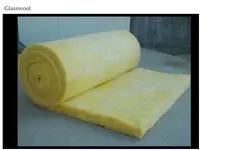F
fixyjohn
New member
Dear guys
This seems raw but hope you understand me
This is my room 10 ft length, 10 ft breadth and 12 ft height brick wall , cemented and painted
room treatment at my place costs very high labour and techno (Iindia) and i have a good carpenter who knows nothing about the studio the thing i have to do is i have to give him instruction for fixing the wooden sheet.
A two woodden sheet (8 mm thick, 6 ft hight , 4 ft length )supported by a wooden block inside and packed inside with coir or foam
pasting one side with carpet and fixing / mounting the other side on the wall . by this all the four sides of the wall .and i planned to divide the room in to 2 for vocal booth .
(sorry for my raw English and hope u understand) will it work ???
advance thanks for your guidelines..!
fj
This seems raw but hope you understand me
This is my room 10 ft length, 10 ft breadth and 12 ft height brick wall , cemented and painted
room treatment at my place costs very high labour and techno (Iindia) and i have a good carpenter who knows nothing about the studio the thing i have to do is i have to give him instruction for fixing the wooden sheet.
A two woodden sheet (8 mm thick, 6 ft hight , 4 ft length )supported by a wooden block inside and packed inside with coir or foam
pasting one side with carpet and fixing / mounting the other side on the wall . by this all the four sides of the wall .and i planned to divide the room in to 2 for vocal booth .
(sorry for my raw English and hope u understand) will it work ???
advance thanks for your guidelines..!
fj



